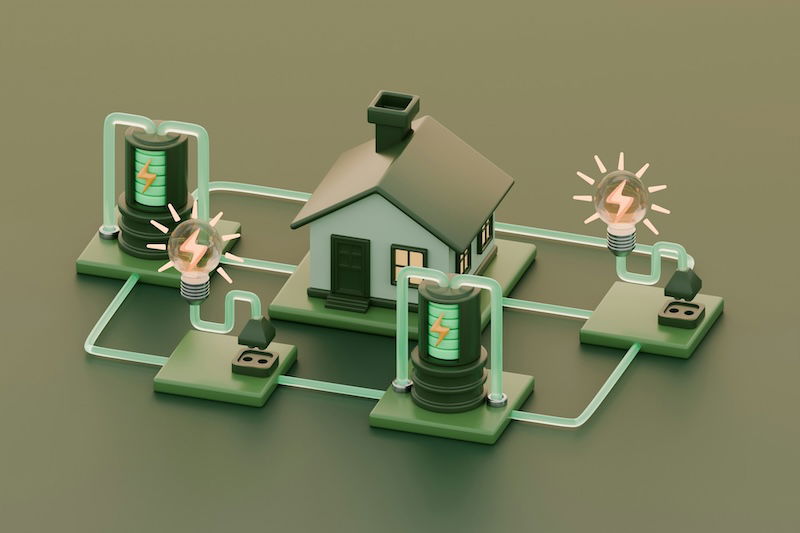
When glaciers melt, they expose more than just ancient landscapes. Beneath the West Antarctic Ice Sheet lies a fiery secret—active volcanoes that may become more restless as the ice retreats.
In a new study, researchers reveal how the shrinking ice alters the dynamics of magma chambers buried deep in the Earth’s crust, potentially setting off volcanic eruptions that could further accelerate ice loss.
Unloading the Pressure
The West Antarctic Rift System (WARS) is home to over 100 volcanic centers. Most are clustered along the western coast, part of the volatile Pacific Ring of Fire. Some, like Mount Erebus with its perpetual lava lake, stand proudly above the surface. Others lurk unseen, buried deep under the ice.
For decades, these subglacial volcanoes have remained enigmatic, their activity obscured by the icy sheet above. But as warming temperatures thin the ice, the reduced weight impacts the underlying magma, creating a volatile interaction.
Researchers from institutions including Brown University and the University of Wisconsin-Madison used over 4,000 advanced computer simulations, which found that as ice melts, the decrease in pressure allows magma chambers to expand. This triggers gas bubbles to form within the magma, increasing internal pressure and raising the likelihood of eruptions. It’s sorta like releasing the lid on a bottle of soda.
The scientists modeled magma chambers beneath varying ice thicknesses. They found that as the ice recedes, it reduces the “lid” holding down the magma. This lithostatic pressure drop not only promotes the release of gases like water vapor and carbon dioxide but also destabilizes the surrounding rock.
In one scenario, they simulated the removal of a 1-kilometer-thick ice sheet over 300 years—a pace considered moderate for West Antarctica. The result? Increased volcanic activity and larger eruptions, with some chambers releasing as much as 10 terajoules of heat annually. That’s enough to melt over 3 million cubic meters of ice per year.
Why It Matters
What we’re looking at is a worrying feedback loop. Melting ice triggers eruptions, which release heat and gases, further accelerating ice loss. Eventually, this can lead to additional eruptions, further accelerating the cycle of ice melt and volcanic activity. For West Antarctica, this could mean faster destabilization of the ice sheet than researchers expected, with dire consequences for global sea levels.
West Antarctica holds an estimated 2.2 million cubic kilometers of ice. If all this ice were to melt, it is estimated that global sea levels would rise by approximately 3.3 meters (11 feet). Antarctic sea ice has been shrinking at alarming rates, hitting near-record lows in 2024. This year, the winter maximum for Antarctic sea ice was the second lowest on record.
The findings also bring new urgency to monitoring volcanic activity beneath the ice. The heat released from these eruptions could undermine the ice sheet’s base, hastening its collapse.
It gets even worse: none of this is confined to Antarctica.
Similar processes may be occurring beneath glaciers in Iceland and Alaska, where past periods of deglaciation have coincided with spikes in volcanic activity. By comparing data from these regions, scientists hope to refine their models and improve predictions.
The researchers caution that this process operates on a slow timescale, unfolding over centuries. Yet its long-term implications are significant.
As the world warms, the hidden dynamics of Earth’s interior are coming to light. This research is a stark reminder that climate change doesn’t just affect the surface—it also stirs the forces below.
The study appeared in the journal Geochemistry, Geophysics, Geosystems.








Leave a Comment